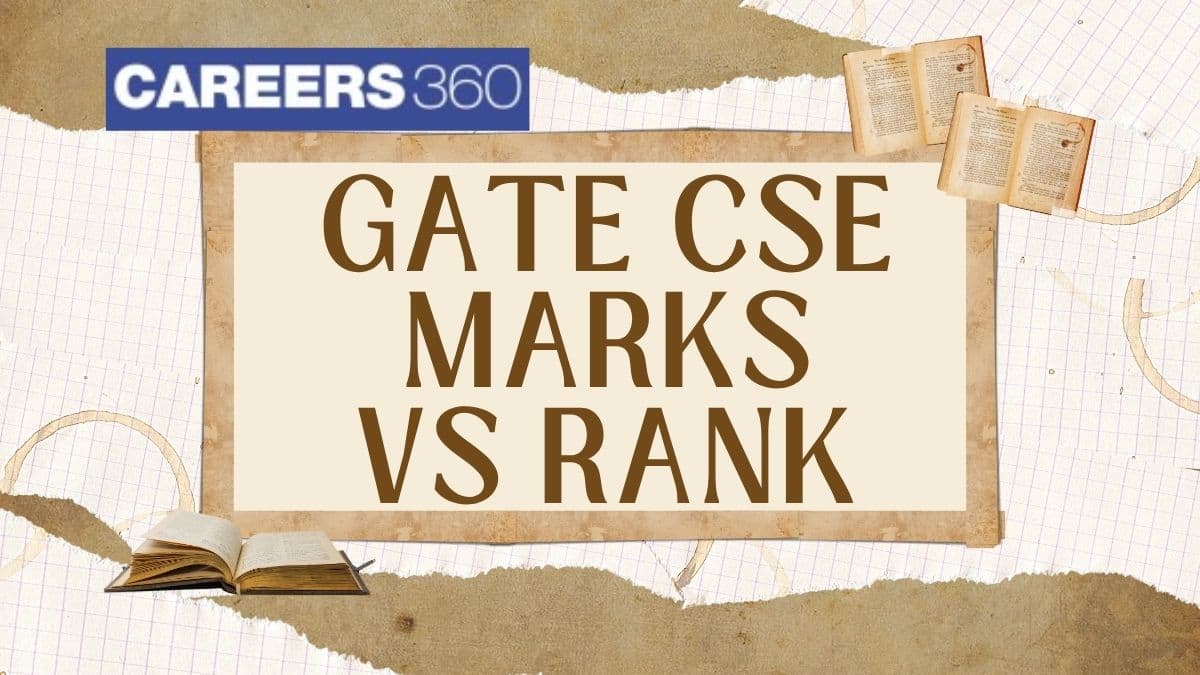If you are interested in Development Studies and planning to appear for GATE XH C6 (Sociology), then you are already moving in the right direction. Having a backlog does not disqualify you from pursuing higher studies, as long as you clear it before the admission process begins. Since you mentioned
UPES M.Tech Admissions 2026
Ranked #45 Among Universities in India by NIRF | 1950+ Students Placed 91% Placement, 800+ Recruiters

